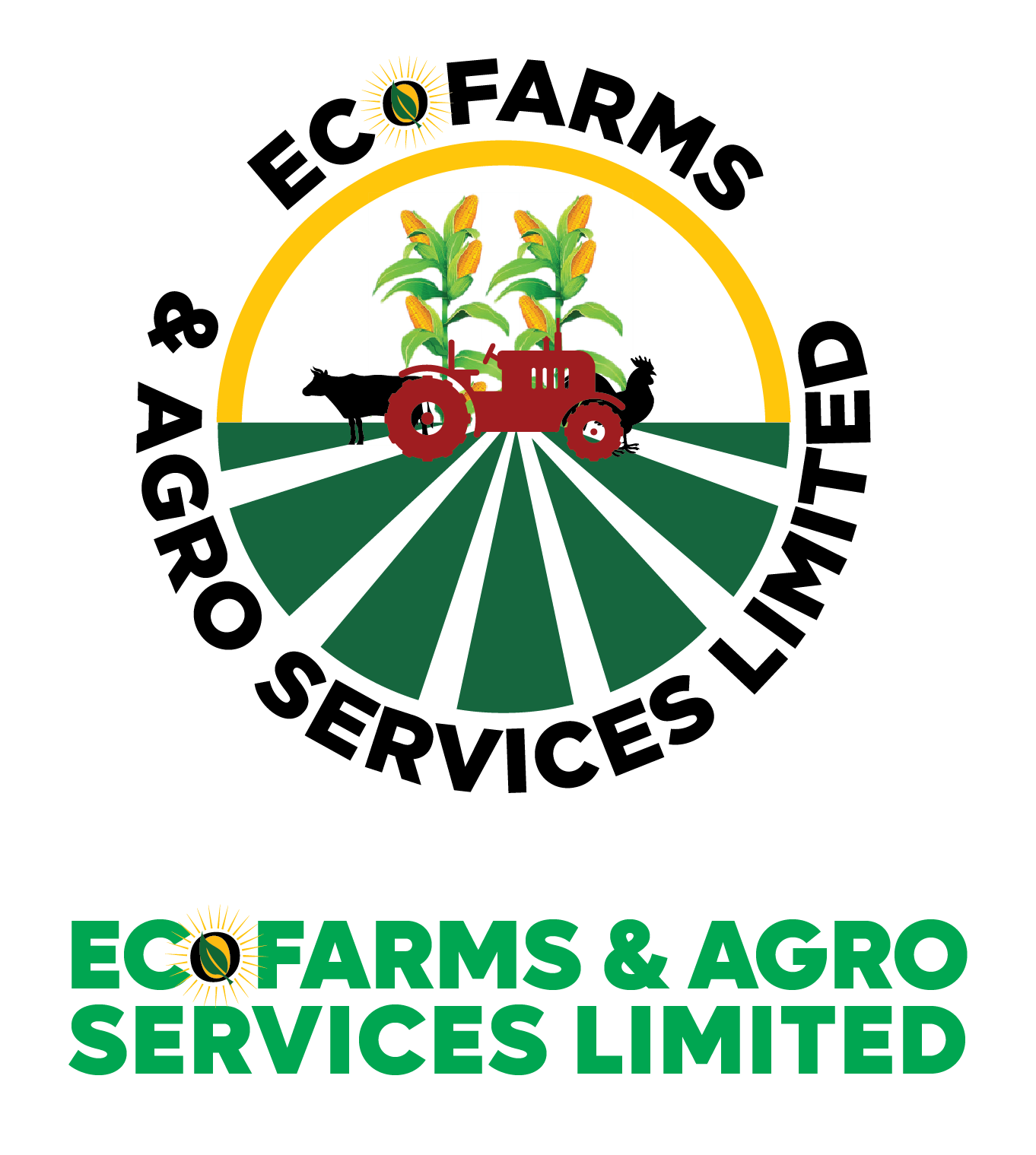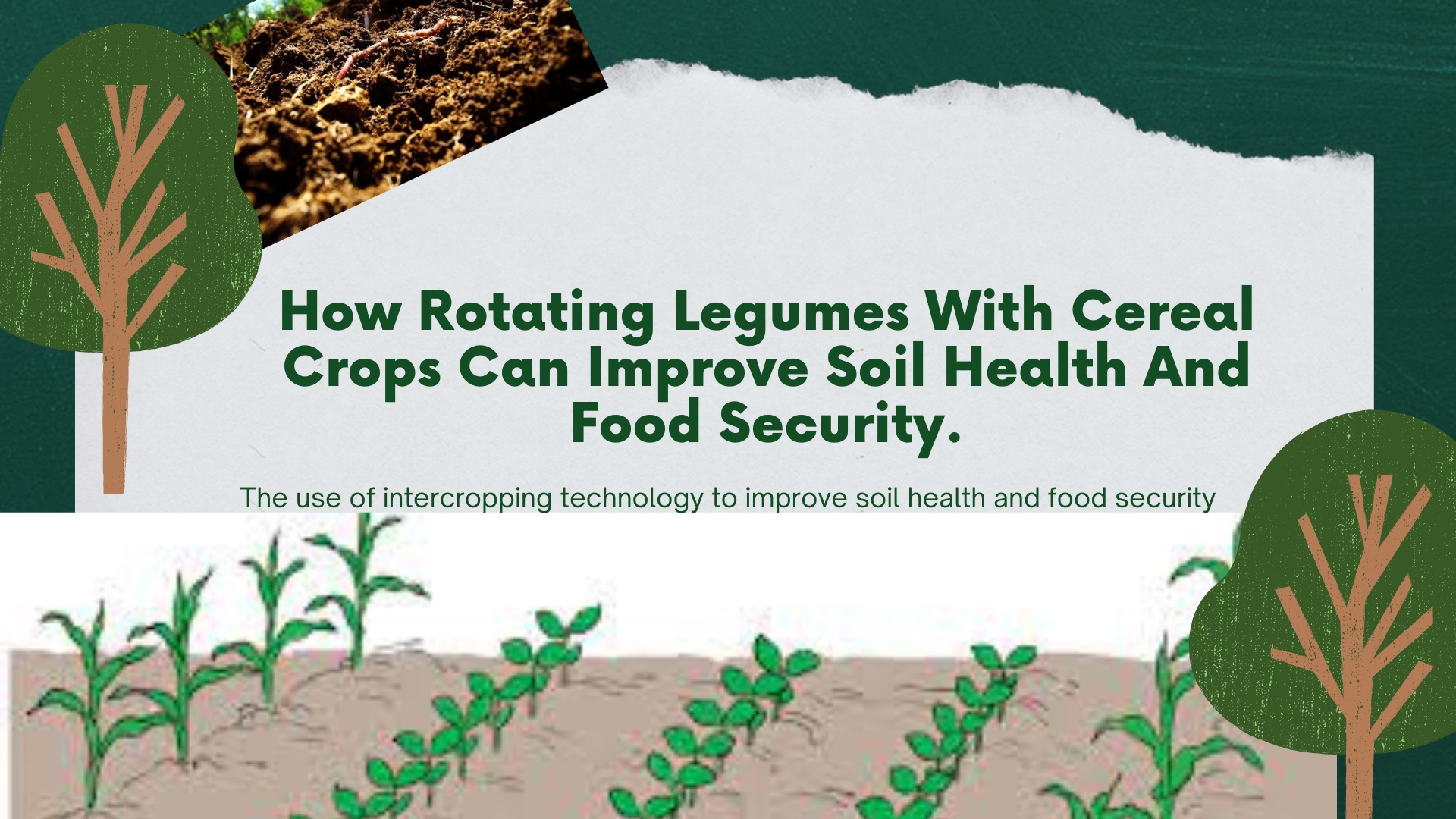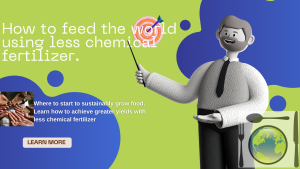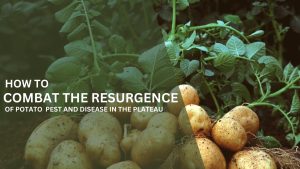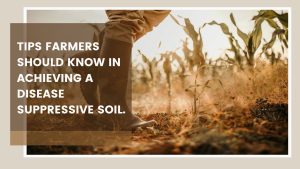Cowpea and crop rotation.
Monocropping which is largely being driven by the growing demand for staple crops, has a major drawback, which is a continuous decline in yield as a result of a destabilized soil ecosystem resulting in a steadily depleted soil nutrient, and an increase in weed and disease manifestation.
Crop rotation presents an opportunity to address this challenge, a technology that is as old as man. A farmer can carefully plan and schedule his cropping system such that certain crops are rotated with others to break the challenges associated with monocropping. This can be done regardless of whether the farm is a small holder family field or an industrial capacity farm.
The growing challenge of finding a protein rich meal.
Finding a good, affordable and sustainable source of protein is one of man’s growing challenge, our primitive ancestors could walk into the forest and hunt for wild life, or easily gather nuts, fruits, herbs and roots, the modern man doesn’t have that luxury, every food is expensive and the more in demand the more expensive and scarce it becomes. Sub-Saharan Africa (SSA) and other developing nations of the world are currently facing food security crisis from not just the absence of food, but from the availability of affordable and sustainable balanced diet.
Why diet matters
Legume crops play a very important role in ensuring food security in SSA. Poor diets are the leading cause of disease globally, accounting for an estimated 30% of the global preventable mortality. It is important to note that individual dietary choice might vary, but the overall dietary patterns are more strongly associated with health. Legumes contribute to nearly 50% of the rich dietary protein contents of this regions, either as direct consumption, or as additions to other staples for the daily diet of both humans and animals. Grain legumes are high in protein and may be processed into a wide range of nutritious foods that greatly complement cereals and tubers. Making legumes a vital food security crops in this region.
A hand to our growing planet
With the growing challenge of population explosion, industrialization and urbanization, resulting to a diminishing availability of arable land and the increasing pressure on already existing farms, intercropping and rotating legumes with other staples presents a two-pronged opportunity to resolves this challenge.
Our Saving Ally.
Cowpea has a deep tap root system, with many lateral roots which spreads in the soil surface, this enables it to fix nitrogen and access more nutrient in comparison to maize, millet and sorghum. Cowpea has a low fertilizer requirement and are known to thrive well in poor soils utilizing residual nutrient while enriching the soil, cowpea can efficiently fix nearly 70kg of nitrogen per hectare, per year making it a valuable crop for a soil enrichment program. Cereal crops in turn are high maintenance crops, requiring high nutrient and water. As a follow up crop, they can greatly benefit from such rotation. Sustainable production and the effective adaptation of Legume and cereal crop rotation is site-specific, involving many factors that together must function to deliver an effective result. They include, but not limited to: soil type and structure, crop variety, tillage practice, integrated pest, weed and nutrient management.
The three-pronged solution.
- Soil enrichment.
Legumes are called the food for now and for the future because of their multifaceted relevance. Playing the role of a resource and equally a self-replenishing resource. Nitrogen an essential nutrient required by all plants is the most abundant gas in the earth’s atmosphere accounting for nearly 80% of the mass of dry air. Unfortunately, this vital nutrient is not readily available for plants in the soil and accounts for over 60% of the cost of fertilizer incurred by global farmers. Sustainable use of soil is among the global challenges of the twenty first-century. There is a rising global demand for food and nutritional needs to be met with minimal impacts on the environment. Cowpea a leading stable legume in developing nation is able to beneficially team up with a unique group of bacteria to capture nitrogen from the atmosphere, produce Protein as stored food and pass on the rest as nutrient to the soil in which they grow. This singular act enriches the soil by providing essential nitrogen for other crops, particularly cereal crop, and results to a low carbon footprint, and overall mitigates climate change impacts.
- Dietary enrichment
Legumes also play an essential role of enhancing the quality of diets available, because of their higher protein and micro-nutrient content compared with starch-based staple cereal crops and animal protein. This provides a cheap and sustainable approach to addressing malnutrition, especially in children from developing nations.
- Feeds enrichment
They provide good sources of protein in animal feeds. Many small holder family farmers collect and preserve dry vegetative materials, providing their animals a rich source of protein through the dry season when animal feeds are scarce. Legumes are the foremost tools for achieving sustainability and balance in soil ecosystem health. The greatest benefit from incorporating legumes into farm rotatory systems is that the soil, crops, and you will not only benefit from an overall nutrient improvement, health and yields, but will largely improve your nutritional security and income as well as your community.
At Ecofarms and Agroservices ltd we understand these solutions and we work closely with small holder farmers like you and industrial farms alike to expand on their existing knowledge on Conservation Agriculture and how they can productively apply or improve on them.
